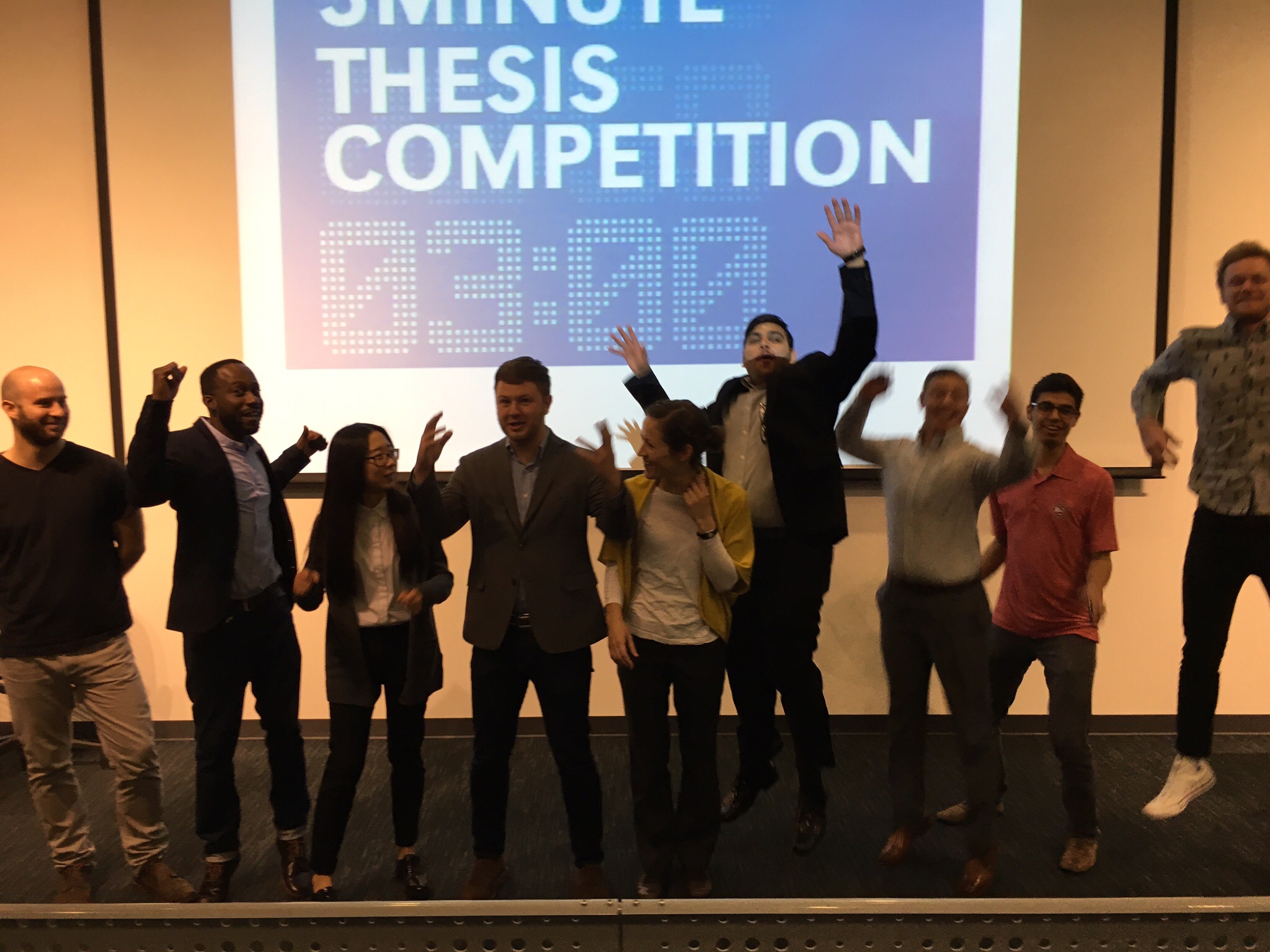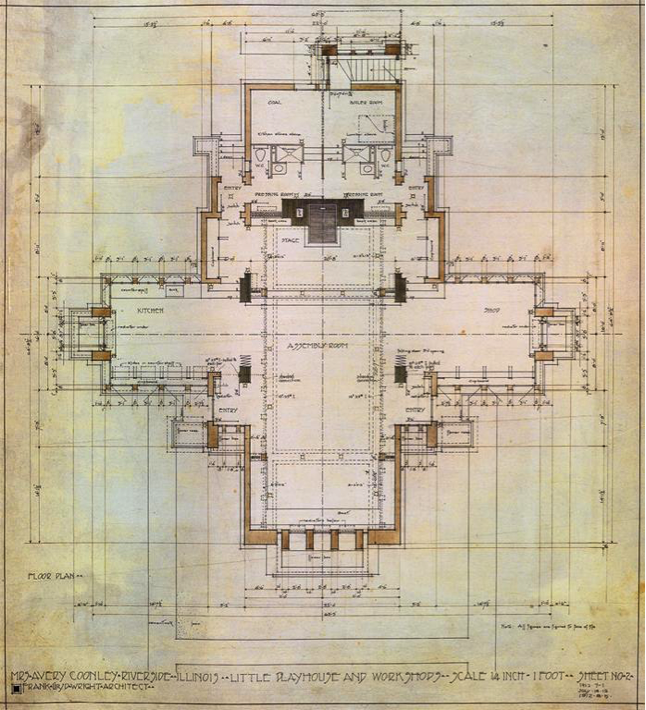Barret Havens, Digital Initiatives Librarian and liaison to the School of Architecture, Woodbury University
Barbara Opar and Barret Havens, column editors
The NAAB and Architecture Librarians Agree on the Importance of Information Literacy
If you’ve spent any time with your campus architecture librarian, you probably know that we think information literacy is really important. But we’re not the only ones! The National Architectural Accreditation Board does too, and has mandated that the architecture schools assess students’ information literacy skills. They have articulated this explicitly in the Student Performance Criteria (A.3) listed in the 2014 Conditions for Accreditation: “Investigative Skills: Ability to gather, assess, record, and comparatively evaluate relevant information and performance in order to support conclusions related to a specific project or assignment.” Student Performance Criterion A.3 is a very familiar realm for us architecture librarians—it describes the types of activities we help students accomplish more effectively as teachers and as curators of architectural collections. Another reason that criterion A.3 sounds familiar to librarians is that it reads like a paraphrasing of the Association of College and Research Libraries’ most recent attempt to define information literacy:
“Information literacy is the set of integrated abilities encompassing the reflective discovery of information, the understanding of how information is produced and valued, and the use of information in creating new knowledge and participating ethically in communities of learning.”
But What Does Information Literacy Actually Look Like?
The definition of information literacy above suggests a variety of processes that scholars from a variety of fields engage in. But what does it really look like when our architecture students do it? The discovery, evaluation, and synthesis of information into “new knowledge” such as an architectural model may take place in the studio, at reviews, or even in a dorm room. But often, the process begins in the library, where students gather information to inform the design process, such as books or journals containing architectural drawings of relevant precedents. Many students struggle with assignments that require the application of information literacy skills and end up seeking out the help of a librarian. Based on my experience working with students in those types of situations, and my examination of hundreds of research-intensive assignments I would like to offer faculty some strategies for designing successful information literacy assignments.
Strategy #1: Work with your architecture librarian way ahead of time to ensure that adequate resources for the assignment are in place
Though architecture librarians do their best to anticipate the needs of architecture students and faculty and strive to develop their collections accordingly, most of us will admit that we aren’t perfect. Occasionally we’ll overlook an important publication or the works of a lesser-known architect. Sometimes, books and journals go missing without our noticing right away. Our budget limitations might prevent us from purchasing important resources. These occurrences may leave little holes in the collection. Providing your librarian with the parameters of assignments such as precedent lists will help to ensure that when your students come to the library, they’ll find what they need. Since receiving and processing items at most libraries can take several weeks, it helps us to have those details at least a month ahead of time.
Strategy #2: Have an architecture librarian provide a hands-on workshop
At most campuses, librarians are available to provide your students with an instruction session geared specifically towards the objectives of any upcoming research-intensive assignments. Often, these sessions will take place in a hands-on environment such as the library’s computer lab where students are able to test drive resources like the Avery Index to Architectural Periodicals, ArtStor, and the library catalog. Not only will such a session impart skills and techniques that will help your students produce higher quality work, it will also serve to establish a rapport between students and their architecture librarian, who can continue to support their efforts long after the session ends and throughout their academic life. Even if the architecture students at your school are required to take a credit-bearing information literacy course, they will need refreshers throughout their academic trajectory in order to retain what they have learned. A hands-on instruction session can serve to reedify those skills.
Strategy #3: Give students enough time to take advantage of your library’s inter-library loan service
Many academic library catalogs are capable of searching the holdings of thousands of other libraries. Likewise, the Avery Index to Architectural Periodicals will display records for journals your library may not own. Through inter-library loan programs, libraries are able to obtain these items from other libraries faster than ever. But, even though articles may arrive in as little as 2 days, some items such as books can still take 10 to 14 days to arrive. If you will require your students to do in-depth research using a wide variety of sources, it will benefit them greatly to have enough time to take advantage of this service (and to be forewarned that thorough research takes time!).
Strategy #4: Require that students use a variety of sources to ensure that they engage with different formats and perspectives
If students aren’t required to seek out academic and professional sources, they tend to rely heavily on their old friend Google. Don’t get me wrong–there are some great sources of architectural images from reputable sources on the open web, such as the images of the rock-cut churches at Lalibela available through the Zamani Project. But we all know the pitfalls students can fall into while researching on the open web. (For instance, trying to make sense of architectural images posted on Pinterest with absolutely no metadata to suggest which project is depicted, whether the drawing is to scale, whether it is the version that was actually built, etc.) To ensure that students engage with reliable resources, it may be necessary to spell out for them explicitly the gamut of sources they are expected to use to inform their work. For instance, 3 architecture periodicals, 3 books, 2 blogs by experts in the field, etc. Requiring students to locate a variety of sources also exposes them to different perspectives on a topic offered by different types of sources and gives them a more well-rounded understanding of the research process.
Strategy # 5: Encourage your students to explore their library’s physical and online collections
Physical libraries and digital libraries are arranged for the maximum possibility of serendipitous discovery! Encourage your students to spend time exploring both. There’s no telling what they might find, or how it might inform and inspire their design work.
Strategy #6: Invite your architecture librarian to reviews, student presentations, and other exhibits of student work
When librarians can experience the final product of all the research that your students have been doing, they gain an understanding that will help them to focus their efforts most effectively on guiding students through the research process in future iterations of the course. Librarian attendance at such events may also help to reinforce, for students, the idea that their architecture librarian is involved and engaged in the culture of their school, and that we librarians are not just there to save students from defeat, we are there to celebrate their victories as well!

 Study Architecture
Study Architecture  ProPEL
ProPEL 


